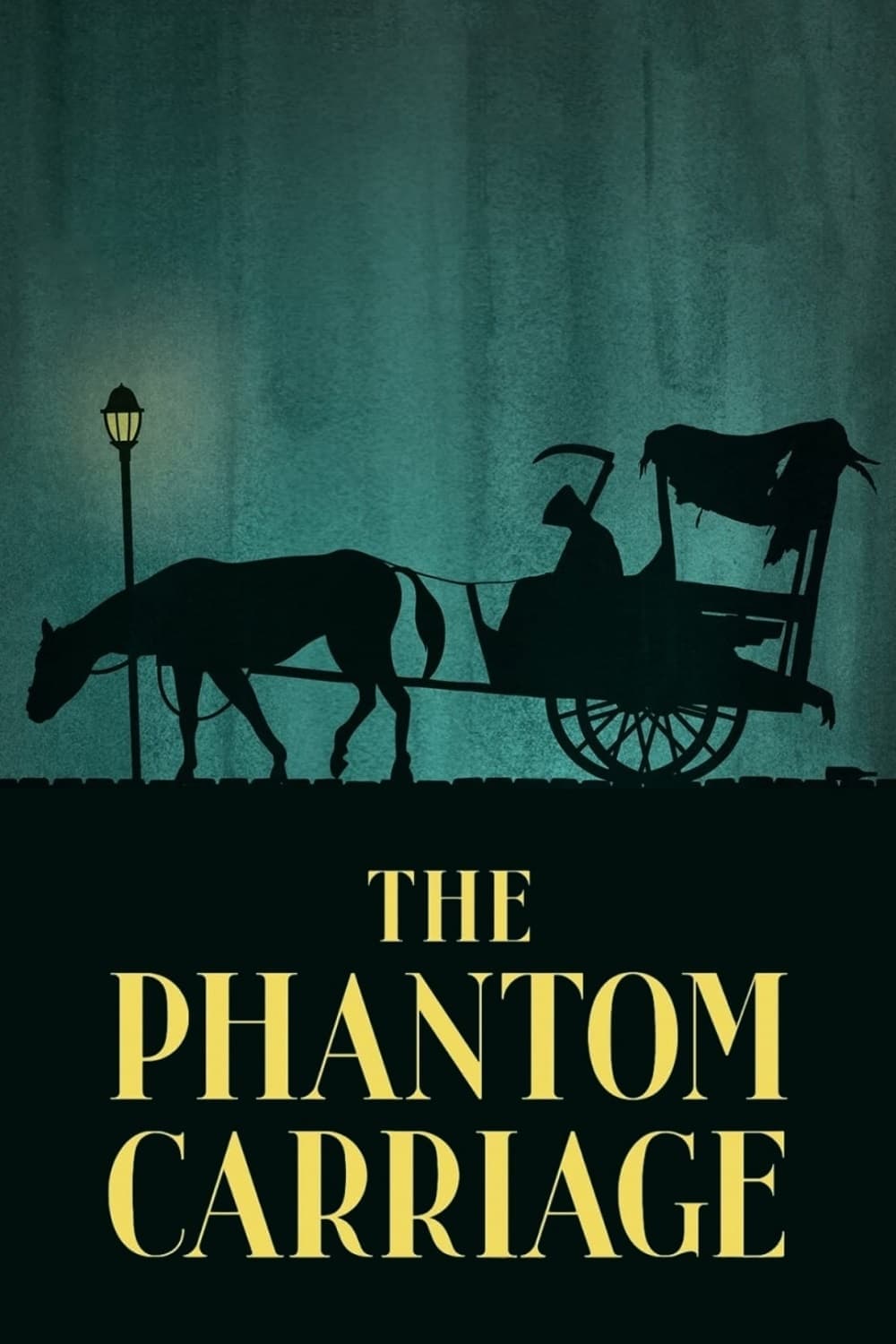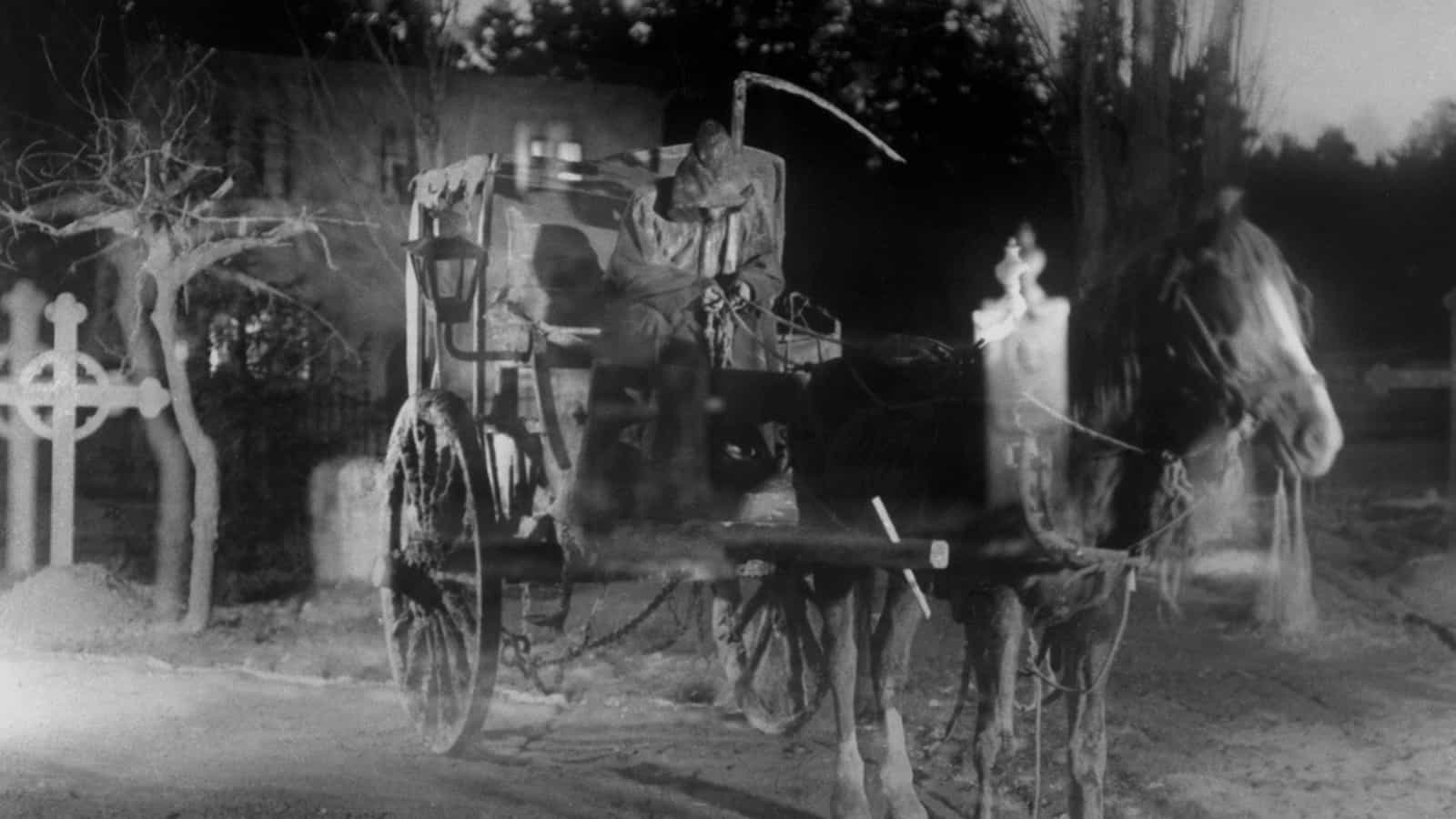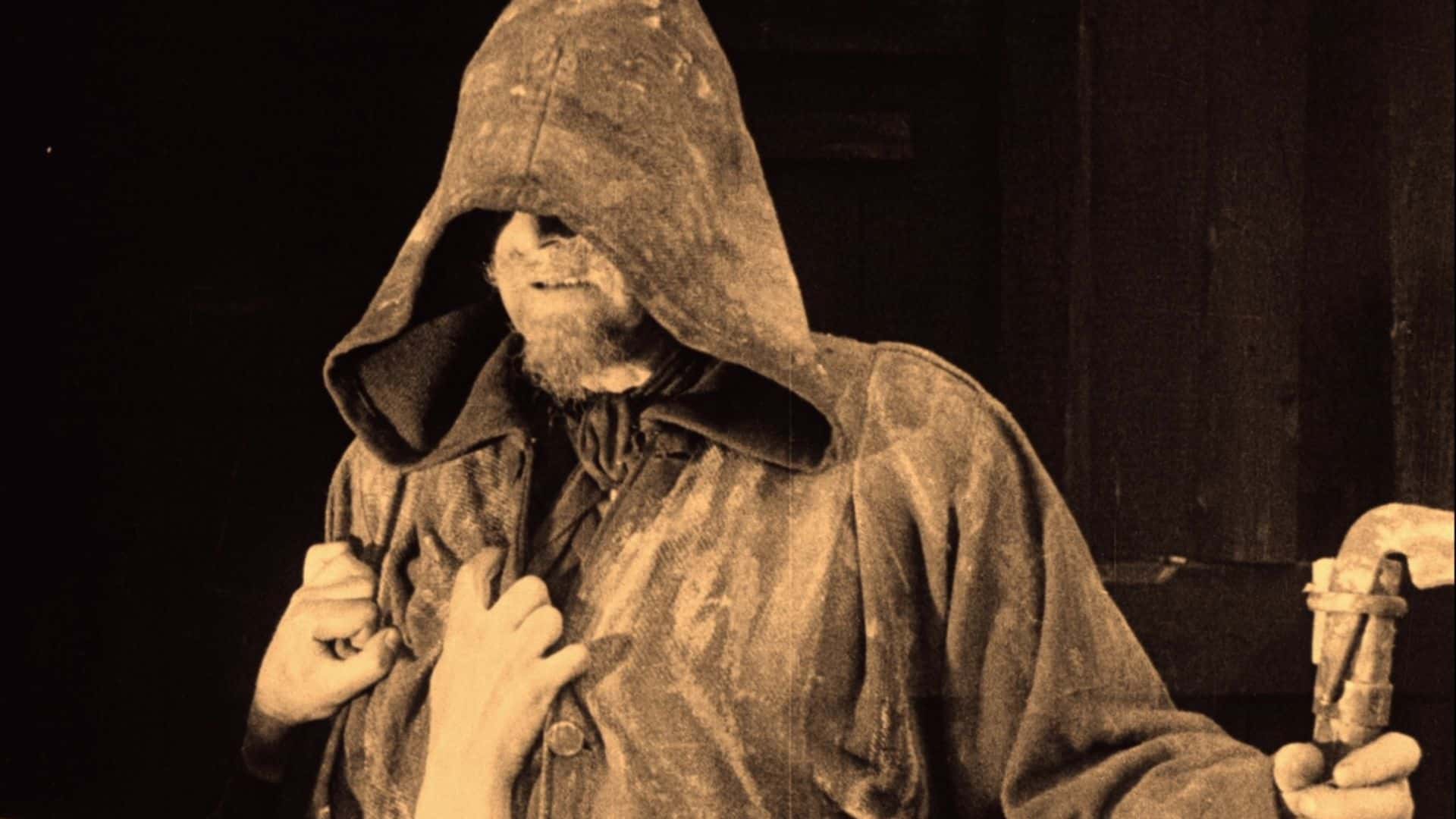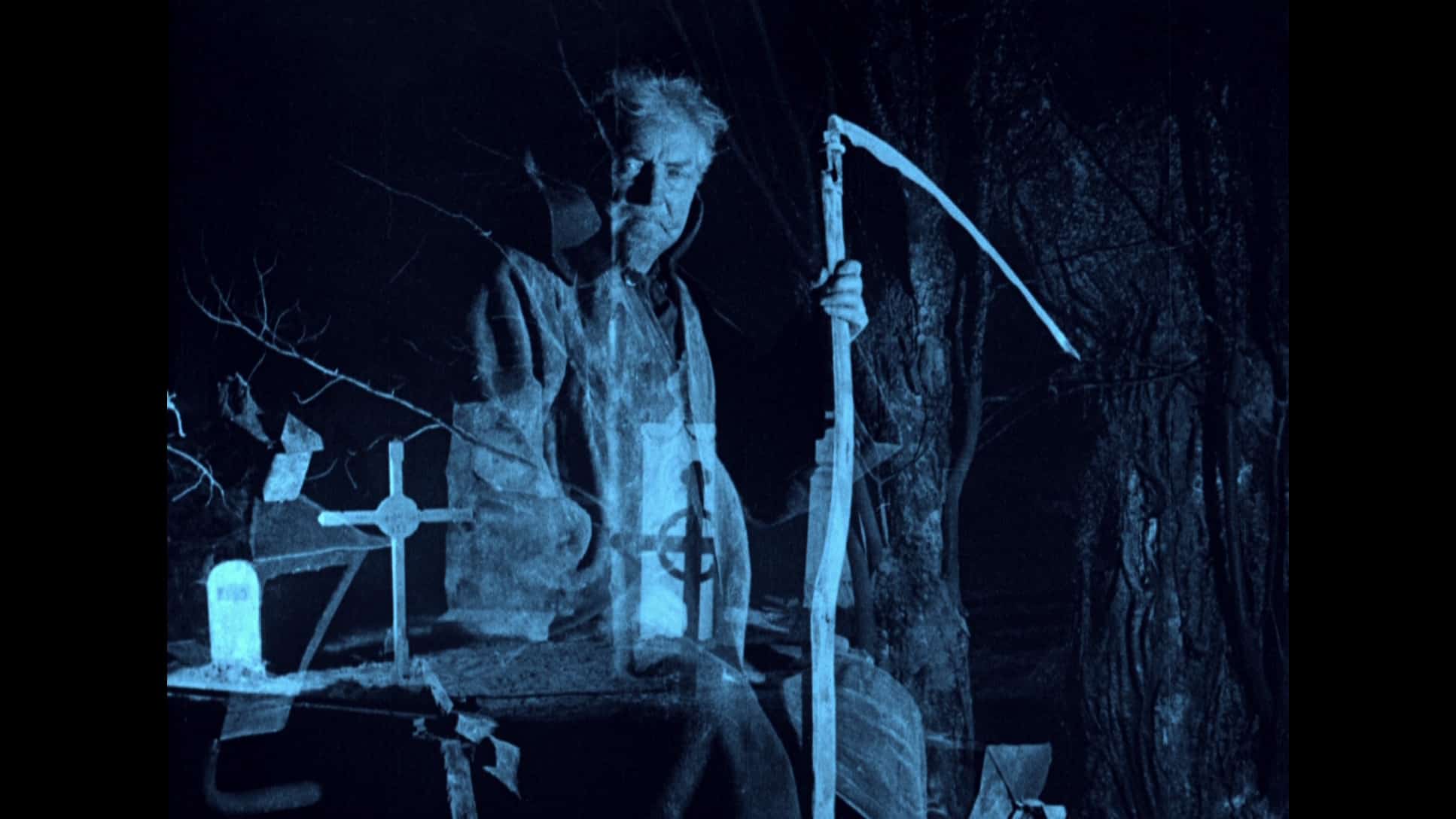
The Phantom Carriage
1921
Rate this movie
Average: 0.00 / 5
(0 votes)
Director
Victor Sjöström is a figure of absolute prominence in Swedish cinema, whose indelible mark extends far beyond the borders of his native land to infuse the very fabric of the history of the Seventh Art. A multifaceted artist—screenwriter, director, and actor—Sjöström was not only a pioneer but a true architect of cinematic language, capable of instilling psychological depth and spiritual resonance into a nascent medium. He directed stars of the calibre of Lon Chaney and Greta Garbo during his Hollywood period, helping to define the aesthetic of American silent cinema with works of rare intensity like He Who Gets Slapped (1924), a sublime example of his ability to plumb the deepest recesses of the human soul through psychological drama. But it is with The Phantom Carriage (1921) that he erected a monument of rare power, a work that remains perhaps his most representative and prophetically modern film.
Well-known is the admiration Sjöström aroused in future filmmakers, not least that of his illustrious compatriot Ingmar Bergman, who not only wanted him to play the main character in Wild Strawberries, a role imbued with autobiographical elements and reflection on mortality, but recognized in him the spiritual patriarch of Swedish cinema. And how can one forget Stanley Kubrick, who borrowed from a scene in The Phantom Carriage the most famous sequence of The Shining, that in which Jack breaks down the bathroom door with an axe, which we find almost identical in this work by the Swedish director, a tribute that transcends simple quotation to touch upon the thematic resonance of the descent into madness and the supernatural.
The story, taken from the novel "Thy Soul Shall Bear Witness!" by Selma Lagerlöf, Nobel Prize in Literature winner and prominent literary figure, is centered on the figure of David Holm, a drunken rogue who has left his family in absolute destitution to embark on a life of wandering and excesses of every kind. His figure is an archetype of moral degradation, a canvas on which the abyss of human and spiritual misery is depicted. The only one who, with an almost evangelical purity, trusts him and tries in vain to rescue him from this life is Edit, a fragile but iron-willed girl who founded an association for the homeless and who, gravely ill with tuberculosis, calls him to her bedside for a last, desperate reconciliation. David, in his blind indifference and sordid selfishness, refuses to see Edit and lets the girl succumb to her illness, a condemnation not only for her but for his own conscience. At this point, Sjöström, with a masterful touch of "mystical realism" and through a mythopoetic artifice rooted in Nordic folklore, introduces the fantastic figure of the Coachman of the Dead. This is not a mere ferryman, but a lugubrious personification of karma, the leader of sinners' souls towards the ashen shores of a hell from which there is no return. The coachman will come to collect David's soul, killed in a New Year's Eve brawl, but in a gesture of cosmic clemency, he will consent to grant him one last precious chance for redemption, initiating a dreamlike and profoundly moralistic journey through the ghosts of his past.
Sjöström, with his unparalleled vision, experimented with cutting-edge cinematographic techniques for the era, transforming film into an unprecedented expressive medium. Superimpositions, for example, were not a mere technical expedient, but became a visual bridge between the world of the living and that of the dead, a means to manifest spectral presence, haunting memories, and intrusions from the afterlife into the tangible. These techniques, along with unusual angles that distorted perception and amplified the sense of disorientation, and contrasts of light and shadow—a dramatic chiaroscuro that evoked German expressionism while maintaining its own Swedish identity—managed to create a surreal, dreamlike, and often distressing atmosphere. Such visual innovations, which shaped the very grammar of fantasy and psychological cinema, deeply inspired Kubrick, who not only adopted them but developed them further in his films, especially in the ability to make inner torment and the progression of madness visible through image manipulation. But not only Kubrick fell under Sjöström's spell. One of Bergman's most famous films, The Seventh Seal, is profoundly indebted to The Phantom Carriage. Both films address the theme of death in an existential way, questioning the meaning of existence, faith, and human destiny. And both use symbolic images and evocative atmospheres to create an intense and allegorical visual experience. This stylistic influence is evident, for example, in the scene of the encounter with Death in Bergman's The Seventh Seal, a personified, enigmatic, and playful figure, clearly inspired by Sjöström's phantom coachman, who embodies the macabre dance in a new, powerful cinematographic form.
The Phantom Carriage is a fundamental film in the history of cinema, a pinnacle of that golden age of Swedish cinema that preceded and perhaps anticipated many of the most audacious European experiments. Sjöström's influence on Kubrick and Bergman is evident and palpable, but its cultural reach is not limited to these two great figures; it encompasses a wide range of filmmakers captivated by his way of making cinema, by his ability to combine realistic drama with the supernatural element, profound psychological study with grandiosity of mise-en-scène. Victor Sjöström contributed decisively to elevating cinema from simple entertainment to a complete art form, exploring profound themes such as redemption, sin, free will, and the ineluctable nature of destiny. He did so using an innovative and audacious visual language that, from a bubbling and unstable magma in the hands of other pioneers, soon solidified into pure Art in his, transforming the medium's potential into a powerful emotional and intellectual machine. His work remains a cornerstone, a beacon that continues to illuminate the paths of auteur cinema, demonstrating how great stories, when told with genius, are eternal and timeless.
Main Actors
Country
Gallery




Featured Videos
Official Trailer
Comments
Loading comments...